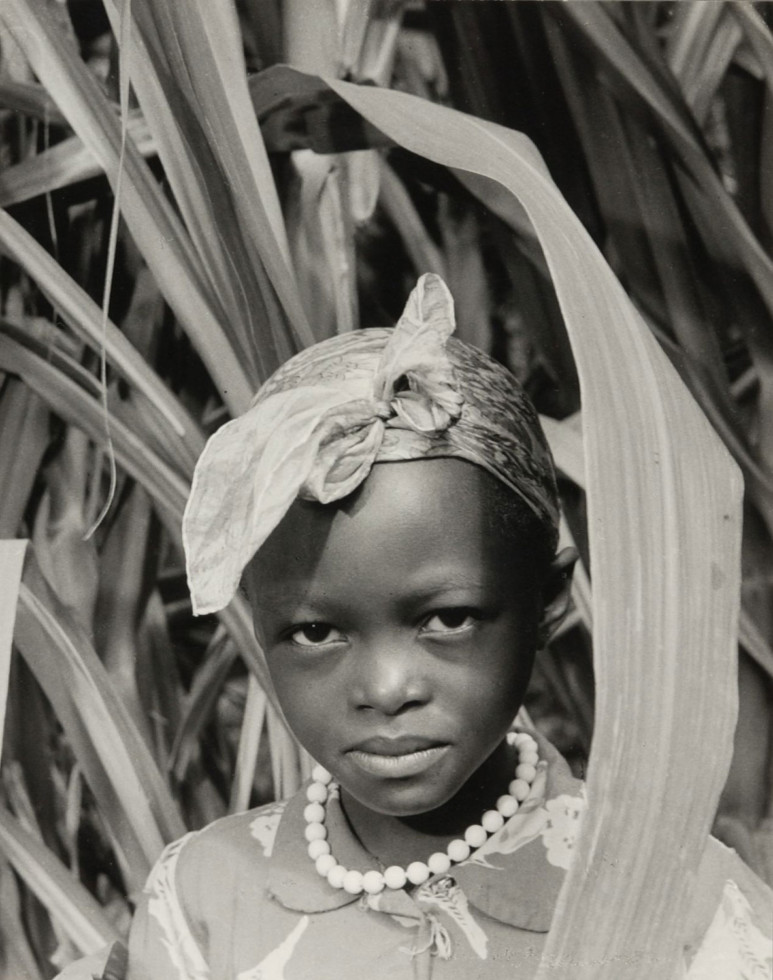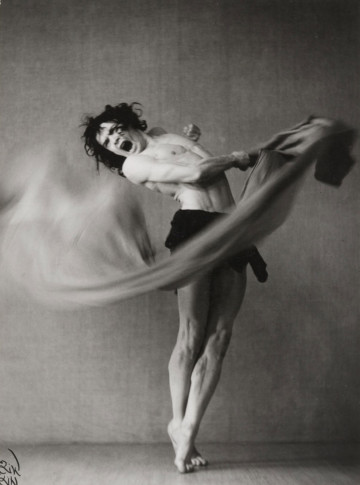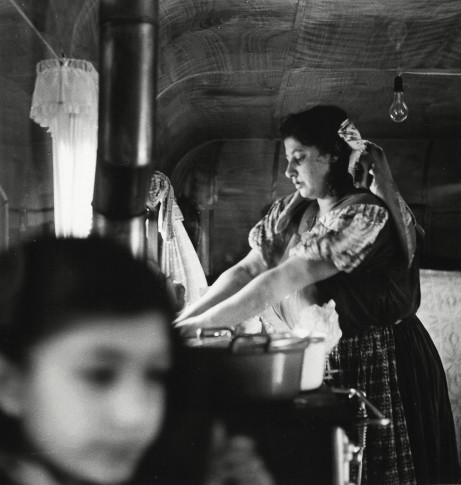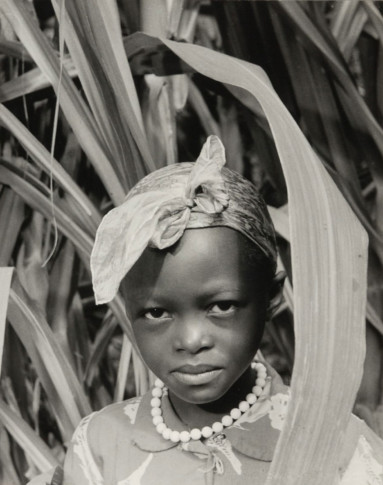
Anna Riwkin, Sia, Tanganyika. From the series Sia lives on Kilimandjaro, 1957 © Anna Riwkin/Moderna Museet
The world beyond my suburb
The world to the north, south,east and west. And this was true not just for those of us growing up in Sweden (with parents who read the cooperative movement’s weekly magazine Vi); children throughout the Western world thumbed through Anna Riwkin’s books and marvelled at the way that other children lived.
Elle Kari, Sia and all the other characters in her books were so like us – and yet so different. What Anna Riwkin succeeded in capturing,not only in her famous children’s books but throughout her extensive production,in some remarkable way contained a “both and “. Throughout her work there was a strong sense of what is common to humanity, what unites us all and gives us all equal value. This was her passion. But with this as her sounding board she then emphasized her delight in differences, in plurality. A delight in understanding and enjoying what is different in the other was Anna Riwkin’s distinguishing mark. Given this attitude it is not surprising that her photographs seem so strikingly relevant today when a positive view of human differences is becoming increasingly important as a counter to society’s dreams of a melting pot leading to total integration.
That itself would be reason enough to produce a substantial exhibition about Anna Riwkin. If one then adds the fact that she is one of Sweden’s most internationally famous photographers, a modern pioneer and an early and unique role model for future generations of photographers – not least women – one may instead ask why we have waited so long. But instead of pondering a possible omission, let us rather rejoice at the unique pictorial world that Anna Riwkin has given us.
Lars Nittve
Director



